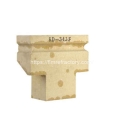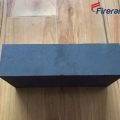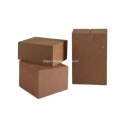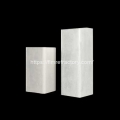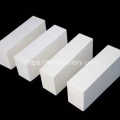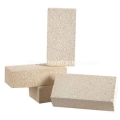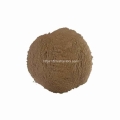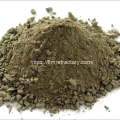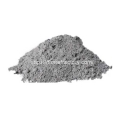- Performance. Innovation. Worldwide. Your trustworthy Refractories Manufacturing Partner--Fireramo
- +86 175 3769 7777
Contact
Contact us on WhatsApp
High Quality Refractory Bricks
Insulation Bricks for Sale
Monolithic Refractory
How to Ensure the Accuracy of Sampling and Results When Testing Shaped Refractory Bricks?
Refractory brick acceptance results are directly related to project quality.
Product acceptance requires attention to three aspects: representativeness of sampling, correctness of selection, and accuracy of test results.
Representativeness of sampling
The test results of samples are usually used to decide whether to accept a batch of materials. In order to ensure the representativeness of the samples taken, before sampling, relevant parties should reach an agreement on the sampling inspection plan based on the type of material, contract quantity, delivery method, packaging, storage and transportation method, etc. A detailed and effective sampling inspection plan should include:
(1) Batch or batch method;
(2) Sampling methods and procedures;
(3) Number of inspection items;
(4) Technical requirements for the test methods used for each inspection item;
(5) Whether each sample selected can be used for testing multiple projects;
(6) Sampling requirements, sampling volume, quality characteristic test methods and number of test specimens;
(7) Rules for assessing the quality of inspection batches of products based on sample test results;
(8) If the producer and the user disagree on the inspection results, how to resolve the disagreement;
(9) The recording of the sampling plan and the supervision of its implementation should be undertaken by experts who are not only familiar with grapefruit sample issues but also very familiar with production and product use.
It should be noted that not all quality characteristics proposed in product quality standards or technical requirements must be included as acceptance inspection items. According to ISO5022, for shaped refractory products, chemical composition and no more than three relatively independent main physical properties should be selected as acceptance inspection items.
During the process of sampling, sample preparation, sample transfer and storage, care should be taken not to change the test performance of the original state of the material and to prevent any change in the properties to be measured.
Select correct method and condition
When testing materials, the test methods and test conditions selected must be consistent with the standards required by the testing materials and technical contracts.
Accuracy of test results
In the daily work, we often find that there are differences in test data between different laboratories, causing users to not know which test data to trust. For a qualified laboratory, there should be strict quality control measures to ensure the accuracy of test results. Common testing quality control methods include the following:
(1) Use standard materials or reference standards for internal quality control;
(2) Participate in inter-laboratory comparison or proficiency testing programs;
(3) Repeat the test using the same or different methods;
(4) Retest the retained samples;
(5) Correlation analysis of different characteristic results of a certain sample.
Verify and review the effectiveness of testing activities and the accuracy of test results by implementing quality control on the process and results of testing activities in a planned manner, thereby ensuring the quality of testing results.
At the same time, sample preparation, as one of the testing processes, should also be controlled to avoid the sample preparation process from affecting the validity of the testing results.
If you choose a third-party laboratory for inspection and acceptance, you should choose a qualified laboratory:
(1) Choose a government-authorized laboratory;
(2) A laboratory accredited by the China Laboratory Accreditation Board.
Before accepting refractory products, you should have a full understanding of the characteristics of the product, develop a detailed sampling plan based on its characteristics and acceptance items, and determine the testing method. If you choose a third-party laboratory for inspection, you should also select the laboratory to ensure that the acceptance is reasonable and effective.
Specializing in refractory materials for over 20 years, we provide professional refractory solutions for the global high temperature industry.
Related Posts:
Theme By Fireramo

